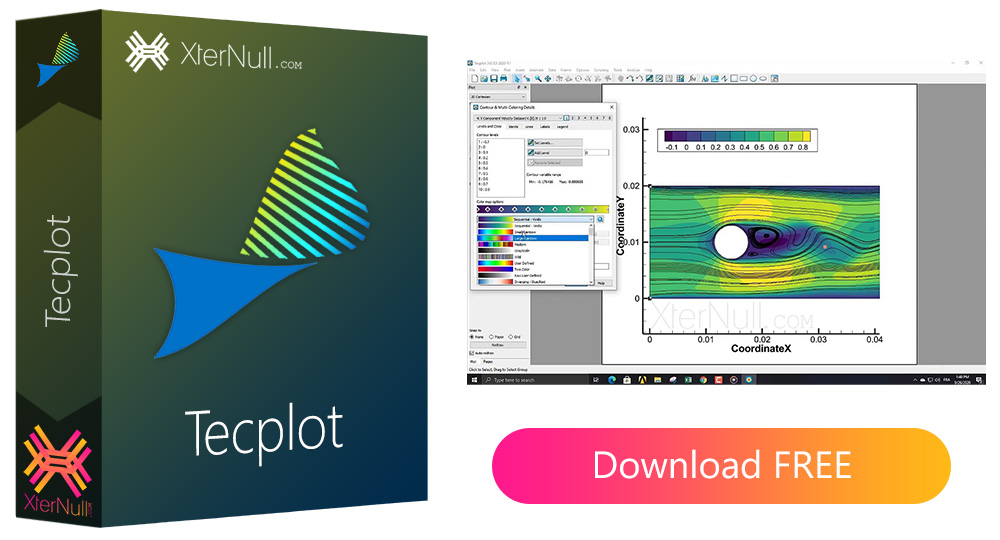

in aerospace engineering from the University of Texas at Arlington in May 2011, where his thesis subject was “Aerodynamic Shape Optimization of a Vertical Axis Wind Turbine.” Mr. Travis Carrigan is an engineer on our Sales Team. How to extract solution information from an array of design iterations using Tecplot 360 EX.The setup of SU2 for solving the incompressible RANS equations and computing surface sensitivities for design.Generation of repeatable, high quality, hybrid viscous meshes using anisotropic tetrahedral extrusion (T-Rex) with Pointwise.Stanford Solar Car Project history and the engineering challenges faced when designing Arctan.These decisions improved the aerodynamic efficiency of the final design, ultimately culminating in Arctan. In this webinar, we explore the framework that enabled the team to analyze over 40 design iterations in detail and make informed engineering decisions. With the aerodynamics of the vehicle playing a critical role in its performance, the Stanford Solar Car Project team developed a repeatable simulation driven design framework consisting of Pointwise for rapid hybrid grid generation, SU2 to run the computational fluid dynamics simulations, and Tecplot 360 EX to post-process and interpret the results. The latest vehicle in their lineup, Arctan, took 6th place out of 29 teams in the 2015 competition with a time just over 41 hours. The Stanford Solar Car Project, a student-run organization, has been designing and building solar cars since 1989 and arrives in Darwin every two years with a stunning new vehicle. But every two years teams from around the world converge on Darwin, Australia to make the journey to Adelaide in the solar-powered cars they have engineered specifically for the Bridgestone World Solar Challenge. And doing it in a solar-powered vehicle is an even bigger challenge.

Chasing the Sun 3000 km across the Australian Outback is a challenge.


 0 kommentar(er)
0 kommentar(er)
